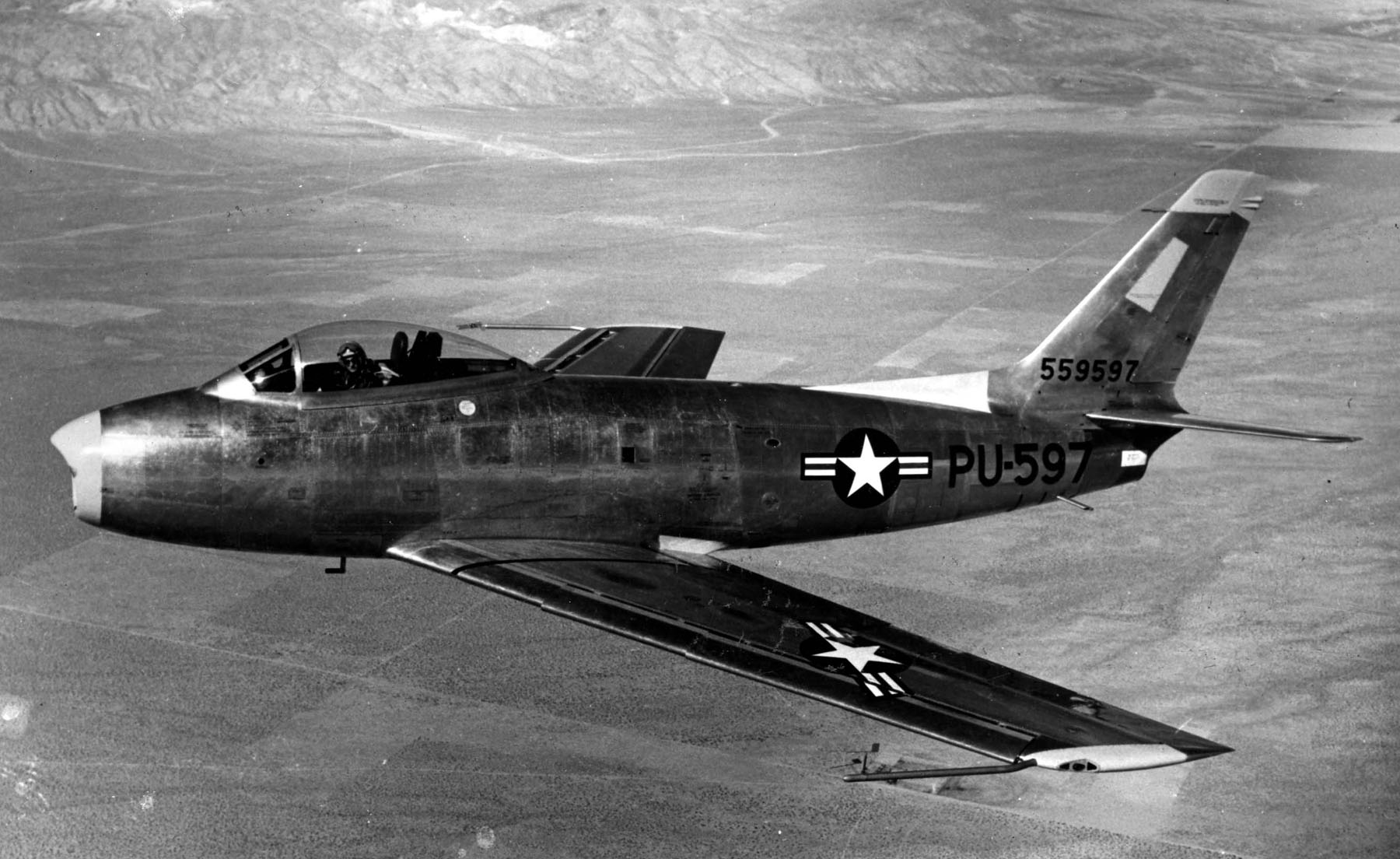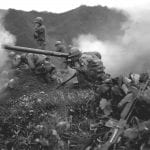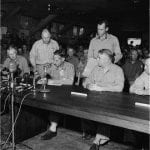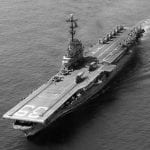The following article on Korean War aircraft is an excerpt from Barrett Tillman’s book On Wave and Wing: The 100 Year Quest to Perfect the Aircraft Carrier. It is available to order now at Amazon and Barnes & Noble.
When communist North Korea’s forces smashed southward across the thirty-eighth parallel on June 25, 1950, U.S. naval aviation was caught in a period of decline. What five years previously had been the most powerful Navy ever to sail earth’s oceans had now been reduced to a fraction of its former glory. Korean War aircraft needed a quick build-up.
That month the Navy possessed fifteen active carriers: the three Midways with four Essexes, four light carriers, and four escort carriers. The Midways were assigned to the Atlantic Fleet, anticipating that their heavy airpower might be needed against the Soviet bloc. Overall, the Navy counted 10,400 pilots for its 9,422 combat aircraft. Relying heavily upon the Reserves, by 1953 the aviator pool had increased to 18,200 while thirty-four carriers of all types were in commission. However, Korean War aircraft attrition was a constant concern.
When the armistice took effect in July 1953, Korean War aircraft in terms of naval aviation was six hundred combat planes short of the prewar number. Meanwhile, nine Essex-class carriers were returned to fleet service during the war. Thirteen escort carriers were recommissioned from 1950 to 1952, including five employed in Sealift Command. Four deployed to Korean waters, providing close air support (CAS) and antisubmarine warfare (ASW) capabilities.
In all, eleven CVs (redesignated attack carriers or CVAs in October 1952), five CVEs, and one CVL made a total of thirty-eight combat deployments. Those seventeen ships operated thirteen air groups, six antisubmarine, and five Marine Corps squadrons from the Pacific and Atlantic commands, including some “creative organization” of air task groups. Comprised of Regular and Reserve squadrons, ATG-1 and -2 circumvented congressional limits on carrier unit organization when the need was greatest.
It is not possible to overstate the importance of the Naval Air Reserve to carrier aviation. No fewer than eighteen Reserve squadrons logged twenty-nine deployments, including five Reserve air group cruises. By November 1951 nearly three-quarters of all Navy air strikes were flown by Reservists, including those in Regular squadrons.
If the Reserves were crucial to naval aviation, so too were World War II aircraft. The versatile Vought F4U Corsair was a mainstay of Task Force Seventy-Seven throughout the war, as was the Douglas AD Skyraider. Between them, the “recips” logged nearly 75 percent of all offensive sorties by U.S. carrier aircraft and sustained about six times the losses of jets. To meet that requirement, the sub-arctic operating environment forced the Navy to modify Corsairs and Skyraiders for extreme winter conditions.
In fairness to the jets, Grumman’s F9F Panther series recorded more carrier sorties than any aircraft (51,067), but only half were offensive missions. Additionally, four squadrons deployed with McDonnell F2H Banshee jets.
This article is part of our larger selection of posts about the Korean War. To learn more, click here for our comprehensive guide to the Korean War.
 |
This article on Korean War aircraft is an excerpt from Barrett Tillman’s book On Wave and Wing: The 100 Year Quest to Perfect the Aircraft Carrier. It is available to order now at Amazon and Barnes & Noble.
You can also buy the book by clicking on the buttons to the left.
Cite This Article
"Korean War Aircraft: An Evolution in Flight" History on the Net© 2000-2024, Salem Media.
April 19, 2024 <https://www.historyonthenet.com/korean-war-aircraft-evolution-flight>
More Citation Information.









